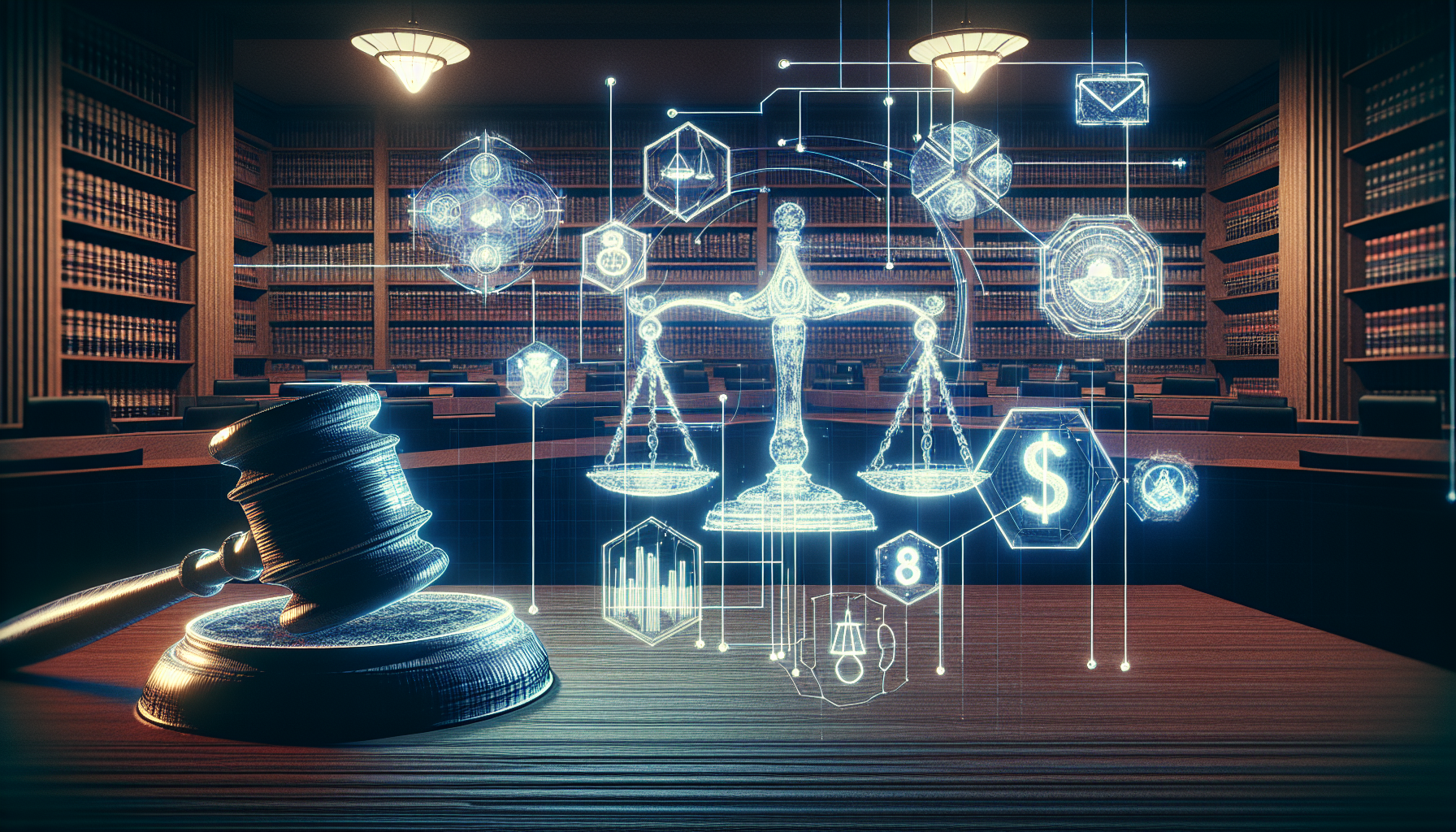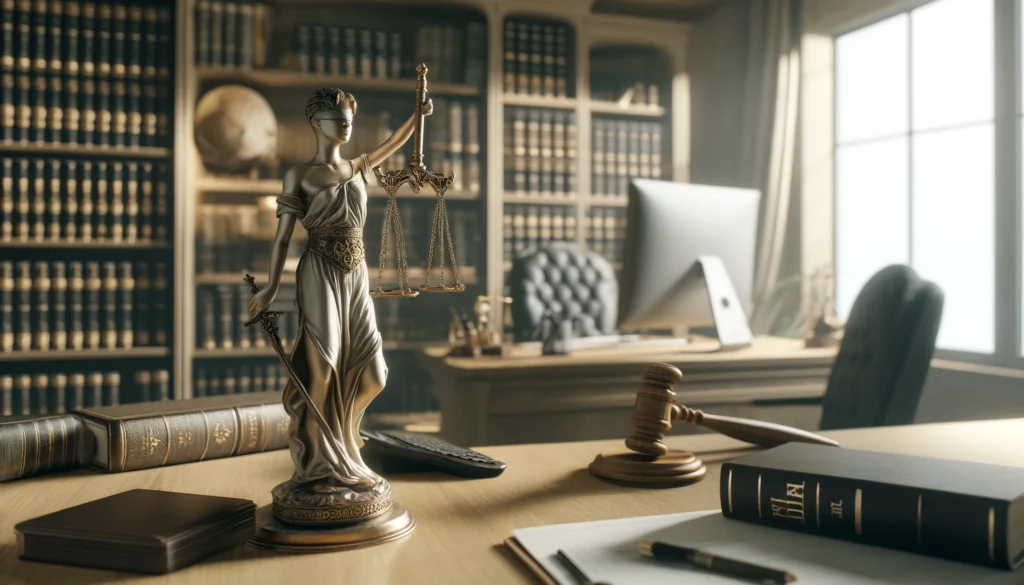
Revolutionizing Legal Research and Writing with ChatGPT
The legal profession stands on the cusp of a significant transformation with the advent of AI-driven tools such as ChatGPT. This paradigm shift is revolutionizing traditional legal research and drafting methods, making these processes more efficient and accurate. By leveraging AI’s analytical prowess, attorneys can now streamline their workflow and focus more on strategic aspects of legal practice.
ChatGPT plays a pivotal role in legal research and drafting by providing instant access to a vast reservoir of legal knowledge, simplifying complex legal tasks, and enabling rapid development of legal documents. As the legal landscape evolves, harnessing the power of AI tools is becoming indispensable for staying competitive and enhancing the quality of legal work.
Setting the Stage: Preparing to Use ChatGPT
Before diving into the use of ChatGPT, a few preparatory steps must be undertaken to ensure its optimal utilization. First, legal practitioners should familiarize themselves with the platform’s functionalities and capabilities. This involves understanding how to navigate the tool, input data, and interpret the results accurately.
Implementing ChatGPT in legal practice also raises ethical considerations. Lawyers must ensure that client confidentiality and data security are maintained. This means taking steps to anonymize sensitive information before inputting data into ChatGPT and using the platform within the boundaries of professional ethics and regulations.
Also read:
Customizing Prompts: Mastering the Art
Effective use of ChatGPT hinges on crafting well-designed prompts that yield targeted and insightful responses. A nuanced approach to prompt creation ensures that the AI’s outputs are tailored to specific legal questions and contexts.
Here are some tips for designing nuanced prompts:
- Be Specific: Instead of asking a generic question, frame the prompt to address specific legal issues. Example: “Analyze the applicability of the exclusionary rule in a DUI case under California law.”
- Use Context: Provide contextual information to refine ChatGPT’s responses. Example: “Given the recent ruling in People v. Johnson, how might the ruling impact future decisions on search and seizure?”
- Iterate and Refine: Don’t hesitate to refine your prompts based on initial responses. This process helps in honing the accuracy and depth of the AI’s output.
Mastering the art of prompt creation is crucial for leveraging ChatGPT’s full potential in drafting precise and robust legal memos.
Also read:
Building a Strong Foundation: Gathering and Analyzing Case Law
Gathering relevant case law is a foundational step in drafting any legal memo. ChatGPT can significantly streamline this process by conducting comprehensive legal research swiftly and efficiently.
To ensure effective legal research with ChatGPT, consider these techniques:
- Keyword Optimization: Use precise legal terms and relevant keywords to guide the AI in retrieving pertinent case law. This reduces noise and focuses the search on applicable jurisprudence.
- Summarize Cases: Ask ChatGPT to provide summaries of key cases, highlighting crucial points and legal precedents. Example: “Summarize the main points of Miranda v. Arizona and its impact on self-incrimination laws.”
- Contextual Analysis: Guide the AI to analyze how certain cases relate to your specific legal issue. Example: “How does Gideon v. Wainwright influence the right to counsel for indigent defendants?”
Ensuring accuracy and comprehensiveness in case law gathering paves the way for constructing a well-founded legal argument.
Also read:
Crafting Persuasive Arguments: Leveraging Advanced Techniques
Once the foundational research is in place, the next step is crafting persuasive legal arguments. ChatGPT can assist in generating, refining, and structuring these arguments to maintain credibility and logical flow.
Here’s how to leverage advanced techniques:
- Generate Arguments: Use ChatGPT to brainstorm and generate initial drafts of legal arguments. Ensure the arguments are well-supported by relevant case law and statutory provisions.
- Enhance Credibility: Incorporate authoritative sources and citations to bolster the arguments. Example: “Insert relevant quotes from Brown v. Board of Education to support the argument on equal protection.”
- Refine Logical Flow: Ask ChatGPT to review and suggest improvements for the logical progression of arguments, ensuring each point logically follows from the previous one.
Leveraging these techniques helps in crafting compelling and coherent legal arguments, which are key to a persuasive legal memo.
Also read:
Enhancing Memo Structure and Coherence
Beyond content, the structure and coherence of the memo play a vital role in its effectiveness. Formatting considerations and logical progression can significantly impact the readability and persuasive power of the document.
- Logical Structure: Organize the memo into clear sections, such as Introduction, Background, Analysis, and Conclusion. Ensure each section transitions smoothly to the next.
- Formatting: Use headings, subheadings, bullet points, and numbered lists to break down complex information into digestible parts. This enhances readability and clarity.
- Clarity: Maintain a consistent and professional tone throughout the memo. Avoid jargon and ensure the language is accessible to the intended audience.
These formatting and structural considerations are essential for a cohesive and logically sound legal memo.
Streamlining Revisions and Edits
After the initial draft is complete, the editing phase is critical for incorporating feedback and refining the document. ChatGPT can facilitate this process, making revisions more efficient and consistent.
Consider these tips for streamlining revisions:
- Incorporate Feedback: Input specific feedback and ask ChatGPT to revise sections accordingly. Example: “Revise the introduction to address the issue of probable cause more clearly.”
- Ensure Consistency: Use ChatGPT to review the document for consistency in tone, terminology, and citation style. This ensures the memo maintains a unified and professional voice.
- Proofreading: Ask ChatGPT to proofread the document, catching any grammatical errors or stylistic inconsistencies.
Efficiently incorporating feedback and ensuring consistency helps produce a polished and professional final document.
Also read:
Final Checks: Ensuring Accuracy and Legal Soundness
The final steps involve thorough verification and quality assurance to ensure the memo is legally sound and accurate. Utilize these tools for the final review:
- Cross-Verification: Cross-check all citations and case references to ensure accuracy and relevance.
- Legal Review: Conduct a final legal review to ensure the arguments are solid, the logic is flawless, and all ethical standards are met.
These steps ensure the final memo is not only persuasive but also legally sound and reliable.
Looking Ahead: Future Trends and Opportunities
As AI technology continues to evolve, the legal profession can expect further advancements that will enhance efficiency and accuracy. Emerging technologies such as machine learning and natural language processing hold immense potential to revolutionize legal research and drafting even further.
Keeping abreast of these developments will be crucial for legal professionals who want to maintain a competitive edge and provide the highest quality of service to their clients.


